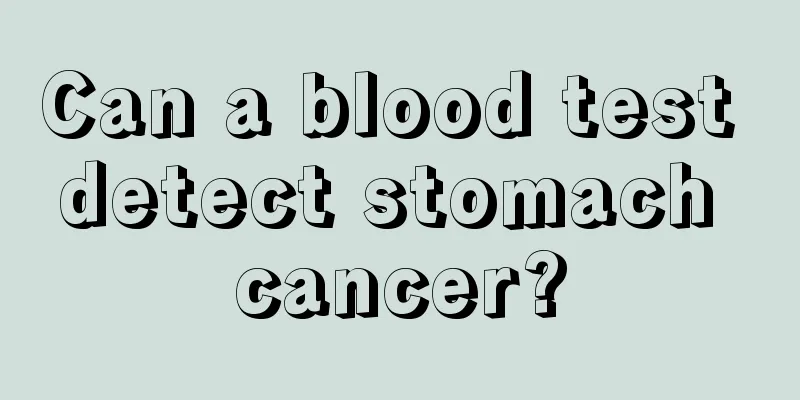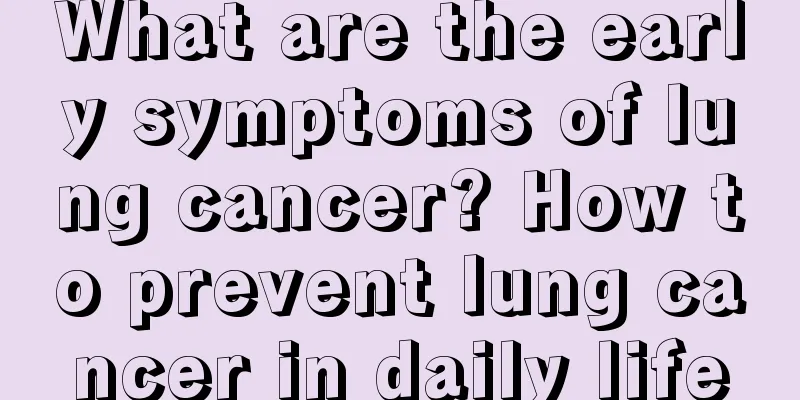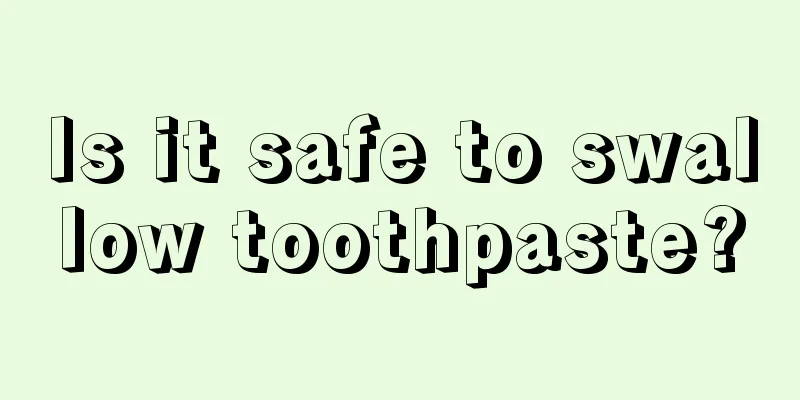What to eat when you have low blood sugar symptoms

|
People must control their blood sugar health in their lives, because more and more people will encounter blood sugar problems. They don’t have the habit of eating breakfast on time, don’t pay much attention to their dietary health, and don’t care about their personal living habits. These are enough to lead to low blood sugar, so when low blood sugar occurs, you must first control the blood sugar level, and choose the appropriate treatment method according to the different symptoms that appear in the body. Symptoms Hypoglycemia is divided into two types: (1) Adrenergic symptoms include sweating, nervousness, trembling, weakness, dizziness, palpitations, and hunger, which are attributed to increased sympathetic nerve activity and increased adrenaline release (which may occur in patients who have had their adrenal glands removed). (2) Central nervous system manifestations include confusion, abnormal behavior (which may be mistaken for drunkenness), visual impairment, stupor, coma, and epilepsy. Hypoglycemic coma is often accompanied by a decrease in body temperature. The rate of blood sugar decrease in cases causing sympathetic nervous system symptoms is faster than that in cases causing central nervous system symptoms, but the degree of hypoglycemia is mild. Regardless of the type, there are obvious individual differences in blood sugar levels. Disease diagnosis Whether the patient has unexplained central nervous system symptoms or unexplained sympathetic symptoms, the diagnosis requires evidence that these symptoms are related to abnormal hypoglycemia and that the symptoms improve after blood sugar increases. The diagnostic criteria for abnormal hypoglycemia are usually: male <50 mg/dl (<2.78 mmol/L), female <40 mg/dl (<2.5 mmol/L) (normal value for males after 72 hours of starvation, lowest value for females), infants and children <40 mg/dl (2.22 mmol/L). Most hypoglycemia occurs in patients treated with insulin or sulfonylureas or in recent drinkers and is generally not difficult to diagnose. Initial monitoring includes rapid blood glucose measurement in patients with unexplained impaired consciousness (or seizures). If abnormally low blood sugar levels occur, a glucose bolus should be given immediately (see Treatment below). As blood sugar rises, central nervous system symptoms quickly ease (seen in most patients), and starvation hypoglycemia and drug-induced hypoglycemia can be diagnosed. A portion of the first blood sample should be stored as frozen plasma, which can be used to determine plasma insulin, proinsulin, and C-peptide levels and, if necessary, for drug monitoring. Blood lactate, pH, and ketones should be measured. Laboratory tests can differentiate between different causes. Patients with insulin-secreting pancreatic tumors (insulinoma, islet cell carcinoma) often have increases in proinsulin and C-peptide in parallel with insulin. For patients taking sulfonylureas, C-peptide levels should increase and blood drug concentrations should also increase. Patients with exogenous insulin-induced hypoglycemia (usually family members or service personnel of diabetic patients) have normal proinsulin and decreased C-peptide levels. In rare autoimmune hypoglycemia patients, plasma free insulin is significantly elevated, plasma C-peptide is suppressed, and plasma insulin antibodies are easily detected during hypoglycemia episodes. Differentiation between autoimmune hypoglycemia and hypoglycemia caused by unauthorized insulin administration requires special studies. Insulinoma is distinguished from other causes of starvation hypoglycemia by the frequent onset of sudden confusion or loss of consciousness, which may become more frequent over the course of years. Attacks typically occur more than 6 hours after eating or after an overnight fast and are sometimes precipitated by exercise (such as brisk walking before breakfast). Remission may occur spontaneously, often with the patient's history of improvement after taking fluids or sugars. Elevated plasma insulin levels [>6μu/ml (>42pmol/L)] accompanied by hypoglycemia may indicate the presence of an insulinoma if illicit use of sulfonylureas and insulin is excluded. |
<<: Symptoms of poor circulation in the lower limbs
>>: What are the symptoms of collagen deficiency
Recommend
Does hypothyroidism in early pregnancy have a big impact?
Hypothyroidism is a common disease. It has a grea...
Early symptoms of cervical cancer can occur in women of any age
Clinically, the early symptoms of cervical cancer...
Gallbladder cancer and pancreatic cancer can be distinguished
Gallbladder cancer and pancreatic cancer can be d...
Dangers of Hair Spa
When it comes to spa, many people will quickly th...
What are the foods that nourish the stomach and protect the liver
Problems with any organ in the body will make us ...
Diagnosis of cholestatic liver disease
Cholestatic liver disease is a disease that affec...
What can clean blood vessels?
The problem of blood vessel blockage is becoming ...
Is it normal to bleed after anal fistula surgery?
The incidence of anal fistula is getting higher a...
There are several ways to eat beef balls
Beef balls are an indispensable food when people ...
Is glioma hereditary?
Nowadays, more and more patients die from brain t...
How dirty is soap? Be careful of germs coming from soap
Soap is one of the common daily necessities and c...
Is it good for the elderly to take medicine for dizziness?
Dizziness is actually very common among the elder...
What are the dietary taboos for osteosarcoma
Osteosarcoma is a disease that is common in adole...
Is massage useful for cervical vertebrae problems?
Cervical spondylosis is a common white-collar dis...
Are there red spots on your face that are itchy?
If red spots suddenly appear on a person's fa...









